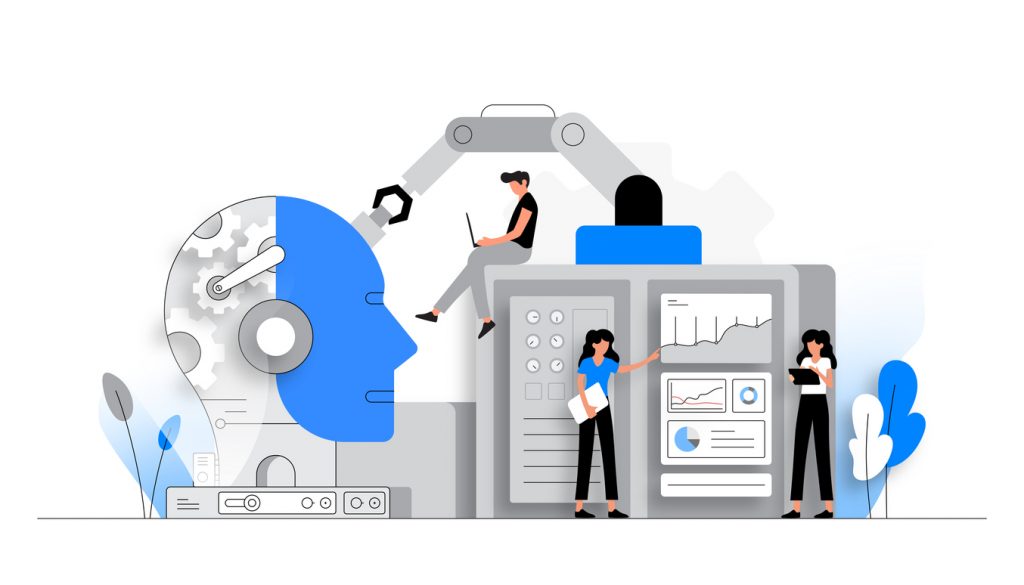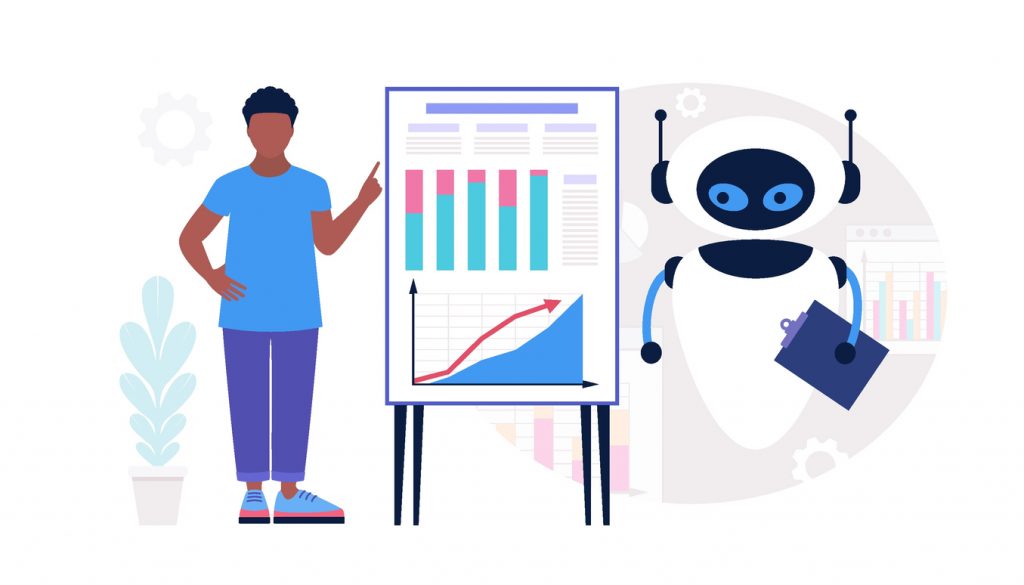End to end testing is an essential technique for verifying that an application works correctly from start to finish. It involves testing the entire workflow from a user’s perspective to ensure all components – frontend, backend, databases, APIs, integrations etc. – work together seamlessly.
The goal of End to End (E2E) testing is to identify defects and issues early before they impact customers. It provides confidence that the software meets business requirements and can support real-world use cases. However, comprehensive end-to-end testing is difficult, with long test cycles being one of the biggest challenges.

Defining End to End Testing
E2E testing simulates real user scenarios to validate that the complete application, including all systems and dependencies, functions as expected. It tests everything as an integrated whole, not just individual units or components. Additionally, the user’s workflow and journeys dictate the test cases. All steps from initial access to final actions are executed to verify the application behavior under real-world conditions. This top-down approach finds issues that only occur when components interact.
For example, in an e-commerce application, end-to-end tests would simulate a user journey from signing in, to searching for products, adding them to the cart, and checking out. Each step is validated to ensure the workflow functions properly before the site goes live.
Goals and Benefits
The key goals of end-to-end testing include detecting defects early in the development lifecycle, ensuring functionality, reliability and performance, validating that the software meets business requirements, and improving user experience across devices and environments.
The benefits of comprehensive end-to-end testing include reduced costs, improved quality, and higher confidence in the application before release. Finding and fixing defects during testing is less expensive than after deployment. Rigorous E2E testing also provides assurance that the application can handle expected real-world use.
Main Challenges
However, several challenges make exhaustive end-to-end testing difficult. Creating and maintaining expansive test suites that cover all scenarios is time-consuming and complex, especially as the application changes. Performing all these tests manually leads to very long test cycles. Gaining access to production-like test environments that accurately replicate real-world conditions is also difficult.
Why End to End Testing Takes So Long
While extremely valuable, traditional end to end testing requires significant time and effort. Several interdependent factors contribute to the lengthy test cycles:
Complex Application Workflows
Modern applications have many interconnected dependencies and complex workflows:
User journeys often span multiple systems and touchpoints, integrating frontend UIs with various backend services, third-party APIs, databases, and more. It’s difficult to model all the possible scenarios manually. Even a small code change can impact workflows globally across components.
Numerous Integrated Components and Systems
Applications integrate many different components and external systems:
This includes frontend UIs, application servers, databases, caches, APIs, microservices, legacy systems, and third-party SaaS products. Different technologies, programming languages, and platforms must work together seamlessly.
Manual Test Case Design
Modeling application workflows requires meticulous test planning:
Testers need to methodically design test cases to cover happy paths, edge cases, and error conditions. Script each workflow step, such as for login, search, checkout, etc. Testers must continually update and maintain tests as the application changes. This manual effort is also time-consuming.
Test Environment Challenges
Configuring and accessing test environments causes delays:
Set up test environments to accurately mimic production conditions. This includes obtaining access to production replicas, test data, and dependencies. Maintaining consistency as code changes during testing also requires significant effort.
Manual Execution and Analysis
Executing tests manually and analyzing the high volume of results is inefficient:
Run tests in a step-by-step manner manually. This limits throughput. Analyzing voluminous test results and videos to identify failures and performance issues is fatiguing for testers. Additionally, determining the root cause of problems is challenging

Faster End to End Testing With AI
AI test automation platforms can optimize End To End testing to radically reduce cycle times while improving coverage. Here are some of the key capabilities:
Automated Test Case Design
AI algorithms can automatically generate test cases that provide comprehensive coverage:
By analyzing production usage data, the AI models real-world user workflows and journeys. It then dynamically creates optimized test cases that cover typical usage patterns as well as corner cases. This also eliminates the need to manually script test cases.
Intelligent Test Selection
AI selects and prioritizes the most critical test cases to execute:
Based on risk analysis and code change impact, the AI identifies the minimal set of tests needed to provide feedback on priority areas quickly. Redundant and low-value tests are avoided, saving time.
Automatic Test Execution
Tests run 24/7 without manual intervention:
The AI test platform executes tests unattended on thousands of real browsers and devices on the cloud. Tests run in parallel to maximize throughput. Integration with CI/CD pipelines enables continuous automated testing.
AI-Powered Test Analysis
AI automatically pinpoints failures, anomalies, and their root causes:
By applying advanced analytics to test results, the AI highlights failures, performance issues, and deviations. It automatically identifies the likely root cause – whether in the app code, test scripts, or environment. Also, it suggests fixes and new test cases.
Optimized Environment Management
Smart test data and environment management minimize overhead:
By leveraging AI to only execute the tests that are relevant to Developer changes, teams reduce Infrastructure usage and expenses.
Automatically Execute End to End Testing by Risk
Further optimizations in end-to-end testing velocity, effectiveness and cost can be achieved by leveraging AI to automatically execute tests based on continuous risk assessment.
Risk-Based Test Prioritization
By scoring tests for business criticality, the AI schedules test execution for maximum coverage:
Machine learning models evaluate tests against criteria like usage patterns and failure history to determine risk. In addition, these models first test the most critical user journeys. Feedback on potential issues is provided quickly where it matters most.

Change-Based Test Selection
The AI analyzes code changes to identify and run only relevant test cases:
By automatically determining code that has been modified, the AI selects only those E2E tests that exercise the impacted areas. This avoids unnecessary test execution for unchanged parts of the application, saving significant time.
Automated Reruns on Failure
Failed tests are automatically re-executed as part of root cause analysis:
The AI immediately reruns failed tests across parameters like browsers to isolate test script versus code issues. Flaky tests are identified and improved, and are isolated as to not distract Developers and QA from false positives.
Intelligent Root Cause Analysis
Analytics pinpoint the true source of test failures:
By examining test results, code changes, logs and other data, the AI isolates whether issues stem from the app code, test scripts, or test environment misconfiguration.
Achieve Faster End to End Testing With Appsurify
End to End testing is critical for quality but traditionally faced challenges like long cycles, limited coverage, and high effort. AI-driven test automation overcomes these constraints to enable faster, continuous and comprehensive end-to-end testing.
By automatically executing tests intelligently based on risk and change impact and leveraging advanced analytics to pinpoint issues, AI testing platforms like Appsurify can accelerate End to End testing by over 10x. To experience the benefits of AI-powered end-to-end testing for yourself, sign up for a free trial/demo of Appsurify’s intelligent test automation platform today.
You’ll radically reduce testing time and cost while improving code quality by leveraging AI and machine learning.
